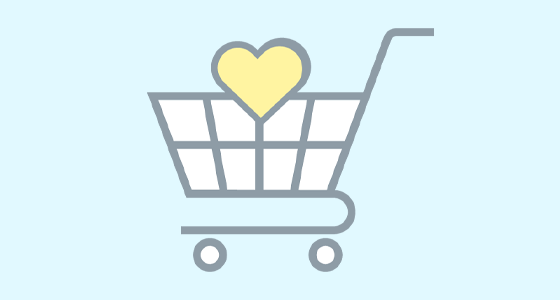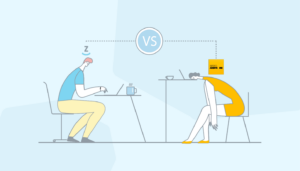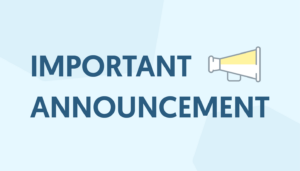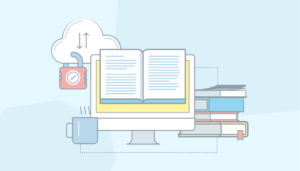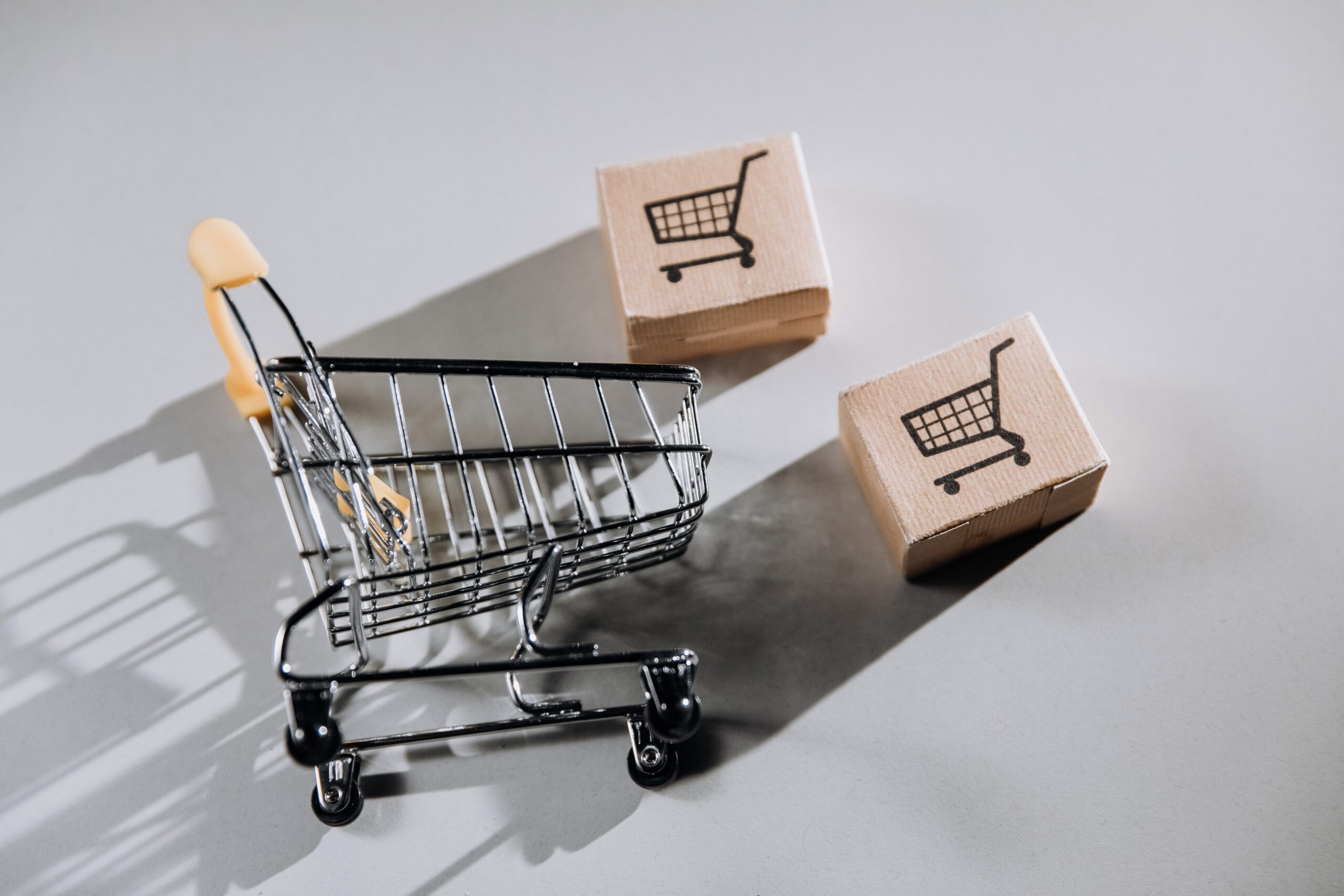
Losing a prospect at any point in the B2B sales funnel is frustrating for business owners, but to let a sale slip with the shopping cart already loaded is particularly hard to accept. Nevertheless, abandoned carts are costing Ecommerce brands $18 billion a year in lost revenue. To put that figure in perspective, it’s almost the same as the entire projected value of the B2B Ecommerce market ($18.7 billion) by 2027. There is a fix, however, to help you start closing instead of losing sales. Find out how to reduce cart abandonment and boost revenue tomorrow by completing the conversions you’re missing today.
What Is Cart Abandonment?
Remove all the product guides, educational resources, business information and branding from a B2B Ecommerce site and you’re left with a simple three- or four-step proposition: find a product, add it to a shopping cart, complete checkout and receive order confirmation. Cart abandonment refers to cases where the customer completes all of the steps prior to checkout before exiting. It’s not just common: it’s effectively the default way customers shop (or don’t, in fact). Across Ecommerce as a whole, the abandonment rate sits at a staggering 70%.
How To Calculate Cart Abandonment
That figure is obtained by dividing the number of completed purchases by the number of created carts (ie. “add to cart”). This figure is then subtracted from 1 and multiplied by 100 to express it as a percentage. However alarming current abandoned cart rates may be, Ecommerce business owners can take solace in the fact that cart abandonment does not automatically mean the sale is lost. In many cases, it’s just delayed. There are also numerous strategies available to reduce cart abandonment.
Why Do Shoppers Abandon Carts?
Cart abandonment is one of those metrics where there is a distinct difference in behavior between B2C and B2B Ecommerce, so it’s important not to treat them as interchangeable. For example, B2C shoppers will often delay a purchase because they are simply treating their shopping cart as a “wishlist” and saving items for later, while the more savvy shoppers are well aware that items left in a shopping cart will usually trigger a discount.
B2B buyers, on the other hand, typically purchase with more intent and purpose. The buyer journey is longer, order volumes are much greater and the landing page appears much later in the sales cycle. Few B2B buyers, for example, will get internal sign-off for an impulse buy, and there is a very low likelihood that a business customer will reach the shopping cart without having been fully advised on any associated fees or shipping costs by the sales team. In part, these factors explain why the conversion rate (the number of visitors who enter the site and complete a purchase) is typically as low as 2% for B2C (although it increased to around 7% after the pandemic) while it’s more likely to be 60% or more in B2B Ecommerce.
Where both B2C and B2B buyers do behave similarly is in abandoning carts because of:
- The need to create an account to purchase.
- Delivery options that are outside the desired window (eg. shipping times that are too long), order volumes that are not available, or an unserved location.
- Too many steps in the checkout progress.
- Lack of trust in the online payment platform, or unavailable payment options (this is a particular challenge in B2B where post-payment options with a purchase order may be required). Because B2B payments are secured at several levels, however, Ecommerce stores can afford to be more flexible when it comes to collecting payments.
How To Reduce Cart Abandonment Rates
Friction is the nemesis of a smooth Ecommerce sale. Store owners should prioritize the following strategies to bring down their cart abandonment rates and enable their revenue to soar.
Total Cost Transparency
Sales and marketing should clearly communicate item cost and associated fees as well as taxes and shipping costs early on in the buyer journey. This is one of the biggest sticking points for customers, to the point where 56% of abandoned carts are caused by unexpected shipping costs (and times). By addressing the issue before buyers reach the landing page, sales can not only handle any objections or put costs in context, but also offer better shipping costs for larger order volumes or earlier payment, for example.
Live Registration and Chat
Speed of access is a differentiating factor in B2B, and customers don’t want to fill in a Google form then wait for a response. Live registration forms that grant fast-track access mean fewer orders missed – especially when supported by live chat to overcome any obstacles or queries customers face along the way.
Poor User Experience
Today’s B2B customer could be purchasing on mobile or tablet, and has every right to expect a business landing page to load fast and be easy to navigate. The standard benchmark is 3 seconds. If your site takes longer to load, you’ll almost certainly be missing sales that could otherwise have been converted.
Checkout Optimization
More B2B business owners should actually try to purchase an item on their own Ecommerce site in order to discover how frustrating the process can be from a customer perspective. Every form field adds friction and an invitation to abandon, for example. Every extra step is an obstacle. Optimizing checkout can increase conversions by over 35% and is easy to accomplish. Reduce the number of form elements to no more than 12 (using pre-filled fields), add a progress bar to show buyers how close they are to completion, and use tools that pre-fill all shipping and card information automatically. Look at the competition to see how your target customers like to pay and make sure you offer a similar number of payment options, including financing, limited-time free trial and Buy Now, Pay Later (BNPL).
Reassure With Trust Tokens
Although it’s best practice to keep the checkout stage clutter-free and streamlined, there is always room for tokens, badges or symbols that build trust. Even business customers want to know that their payment is secure, their transaction protected by standard guarantees (including returns) and the business fully regulated according to the sector. These symbols don’t have to be detailed or intrusive. Most are instantly familiar for regular online shoppers.
Email Marketing and Retargeting
Particularly for those buyers who use their shopping cart as safe storage for their purchases to avoid out- of-stock scenarios, an automated email flow that gives a reminder or offers a discount is a low-cost way of closing a deal and building a relationship. It should be sent within 30 minutes, however, to strike while the iron is hot. Likewise, retargeting ads will keep the purchase in the buyer’s mind and nudge them towards conversion. Personalize them and you can even see an ROI of 1300% in some cases.
Reduce Cart Abandonment With Zoey
Too many store owners obsess (understandably) with new customer acquisition, yet conversion and retention are where the real revenue lies. It simply doesn’t make business sense to invest resources in nurturing a prospect towards the shopping cart only to serve them with an underwhelming experience when they get there.
Zoey’s new Drafts solution makes it easy for both customers and your internal team members to create drafts that can later be converted to a Quote or an Order, and with Drafts your team can easily follow up on orders that have yet to be completed.
With the Zoey platform, you can transform your cart conversion and boost revenue seamlessly and intuitively. To find out how you can make a dramatic reduction to your cart abandonment without increasing the demands on your sales and marketing resources, request a demo today:
Nick Marshall is a freelance writer from the UK covering B2B marketing, emerging tech, payments and Ecommerce. He lives on a tiny island with slow internet in the French Caribbean, but was formerly an agency copywriter in the UK.


